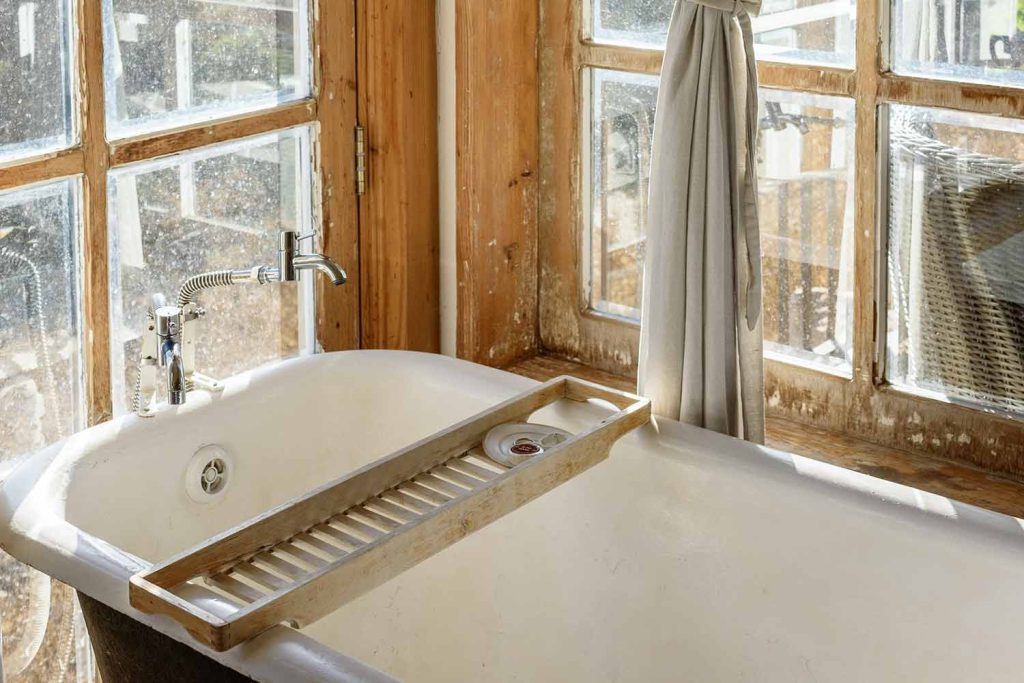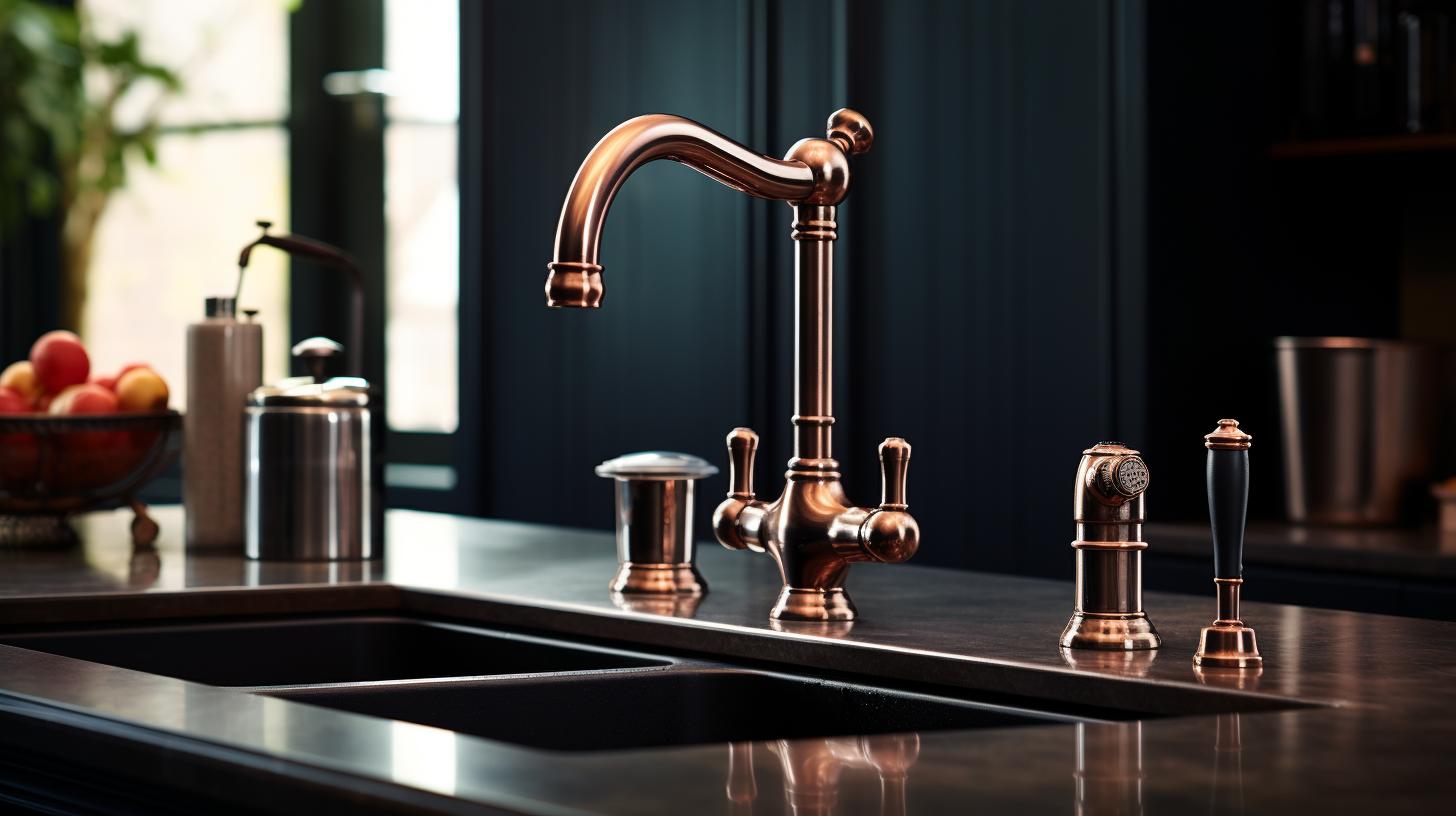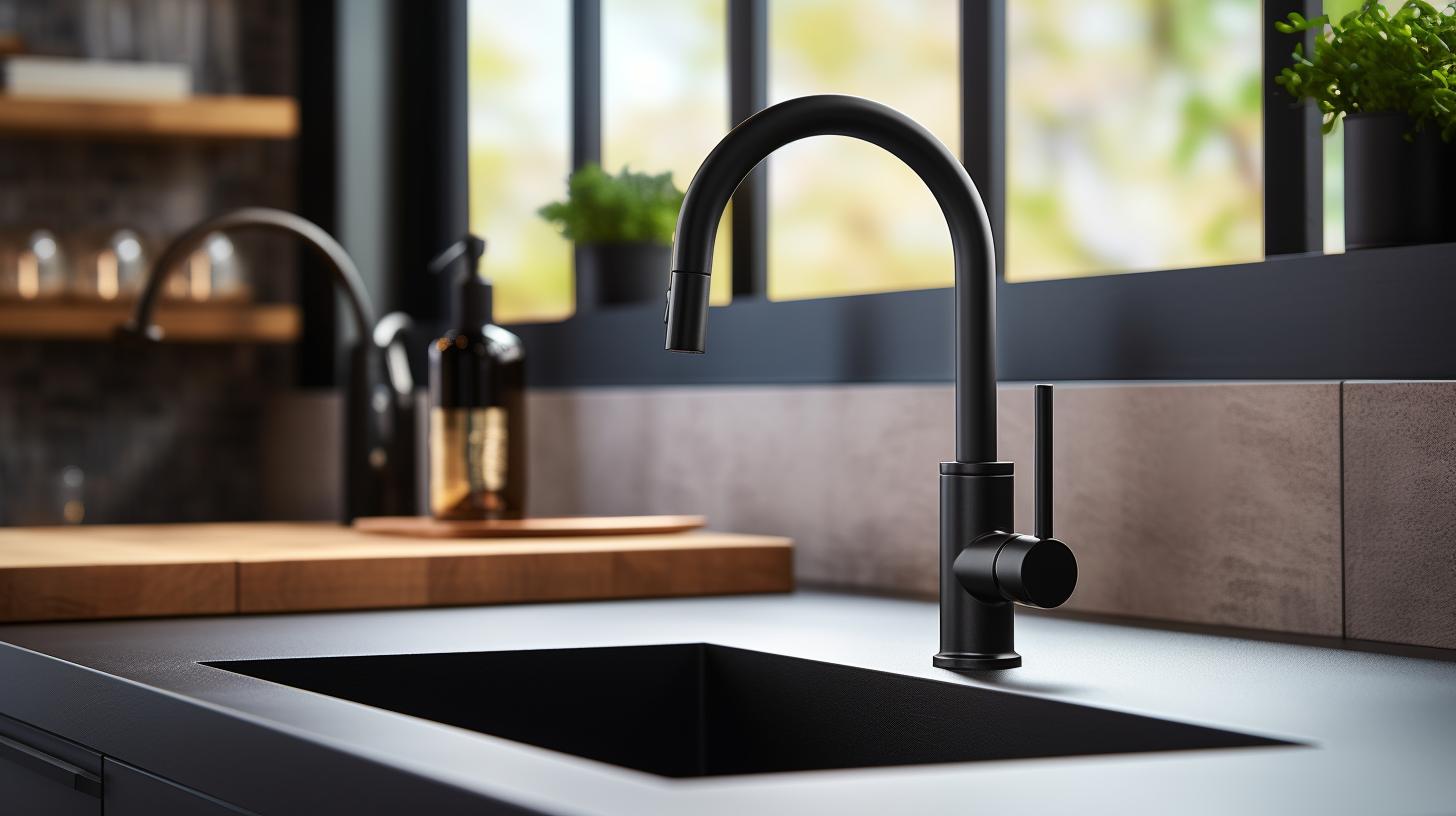An overflow drain in a bathtub is a crucial component designed to prevent water from spilling over the edges of the tub and causing potential water damage to the surrounding area. Understanding how an overflow drain works can help homeowners maintain their bathtubs and avoid potential issues. This post will delve into the mechanics, installation, benefits, and maintenance of overflow drains in bathtubs.
The Mechanics of an Overflow Drain
An overflow drain is typically located near the top edge of the bathtub, usually a few inches below the rim. Its primary function is to divert excess water that reaches a certain level in the tub, preventing it from spilling over. This is particularly important when the main drain is closed, and the tub is being filled.
The basic components of an overflow drain system include:
- Overflow Plate: This is the visible part of the overflow drain on the inside of the tub. It often has a small hole or series of holes through which water enters when the water level reaches the overflow point.
- Overflow Pipe: Behind the overflow plate, there is a pipe that connects to the main drainage system. The overflow pipe is usually positioned vertically and runs down to meet the main drain line.
- Main Drain: This is the primary drain at the bottom of the tub, which is opened and closed by a stopper.
When water in the bathtub reaches the level of the overflow plate, it begins to flow through the holes into the overflow pipe. This water then travels down the pipe and joins the main drain line, where it is carried away from the tub and into the home’s plumbing system.
Installation of an Overflow Drain
Installing an overflow drain involves several steps and requires some plumbing knowledge. Here’s a general outline of the process:
- Preparation: Ensure that the bathtub is positioned correctly and that the area around it is clear. Gather necessary tools and materials, such as the overflow drain kit, a wrench, plumber’s tape, and a putty knife.
- Attach the Overflow Plate: Position the overflow plate over the designated hole near the top of the bathtub. Use screws to secure it in place. Ensure that the plate is aligned correctly to allow water to flow into the holes.
- Connect the Overflow Pipe: Attach the overflow pipe to the back of the overflow plate. This pipe should be angled downward to ensure proper drainage. Use plumber’s tape to create a watertight seal around the connections.
- Link to Main Drain: Connect the overflow pipe to the main drain line. This may involve installing a T-fitting that allows both the overflow and the main drain to join the same drainage system.
- Test the System: Fill the bathtub with water and observe the overflow drain in action. Ensure that water flows freely into the overflow plate, down the pipe, and into the main drain without any leaks.
Benefits of an Overflow Drain
Overflow drains provide several key benefits that enhance the functionality and safety of a bathtub:
- Prevents Water Damage: The primary benefit of an overflow drain is to prevent water from spilling over the edges of the tub, which can cause damage to floors, walls, and ceilings.
- Safety Feature: For households with children or elderly individuals, an overflow drain adds an extra layer of safety by reducing the risk of accidental flooding.
- Convenience: An overflow drain allows for the automatic removal of excess water, meaning users don’t have to constantly monitor the water level while filling the tub.
- Prolongs Tub Lifespan: By preventing overflows and potential water damage, an overflow drain helps maintain the structural integrity of the bathtub and surrounding areas.
Maintenance of an Overflow Drain
Regular maintenance of the overflow drain ensures its continued functionality and prevents clogs and leaks. Here are some tips for maintaining an overflow drain:
- Clean Regularly: Periodically clean the overflow plate and the holes to remove any debris or buildup that could impede water flow.
- Check for Leaks: Inspect the connections between the overflow plate, pipe, and main drain for any signs of leaks. Tighten connections or replace seals if necessary.
- Use a Drain Cleaner: Occasionally use a mild drain cleaner to flush out any buildup within the overflow pipe. Avoid using harsh chemicals that could damage the plumbing.
- Inspect for Damage: Check the overflow plate and pipe for any signs of wear or damage. Replace any components that appear cracked or corroded.
- Professional Inspection: If you notice persistent issues with the overflow drain, consider having a professional plumber inspect the system to identify and fix any underlying problems.
Conclusion
An overflow drain in a bathtub is a simple yet essential feature that protects against water damage, enhances safety, and adds convenience. Understanding how it works, how to install it, and how to maintain it can help homeowners ensure their bathtubs remain functional and safe. Regular maintenance and timely repairs can extend the lifespan of the overflow drain and the bathtub, providing peace of mind and a better bathing experience.








